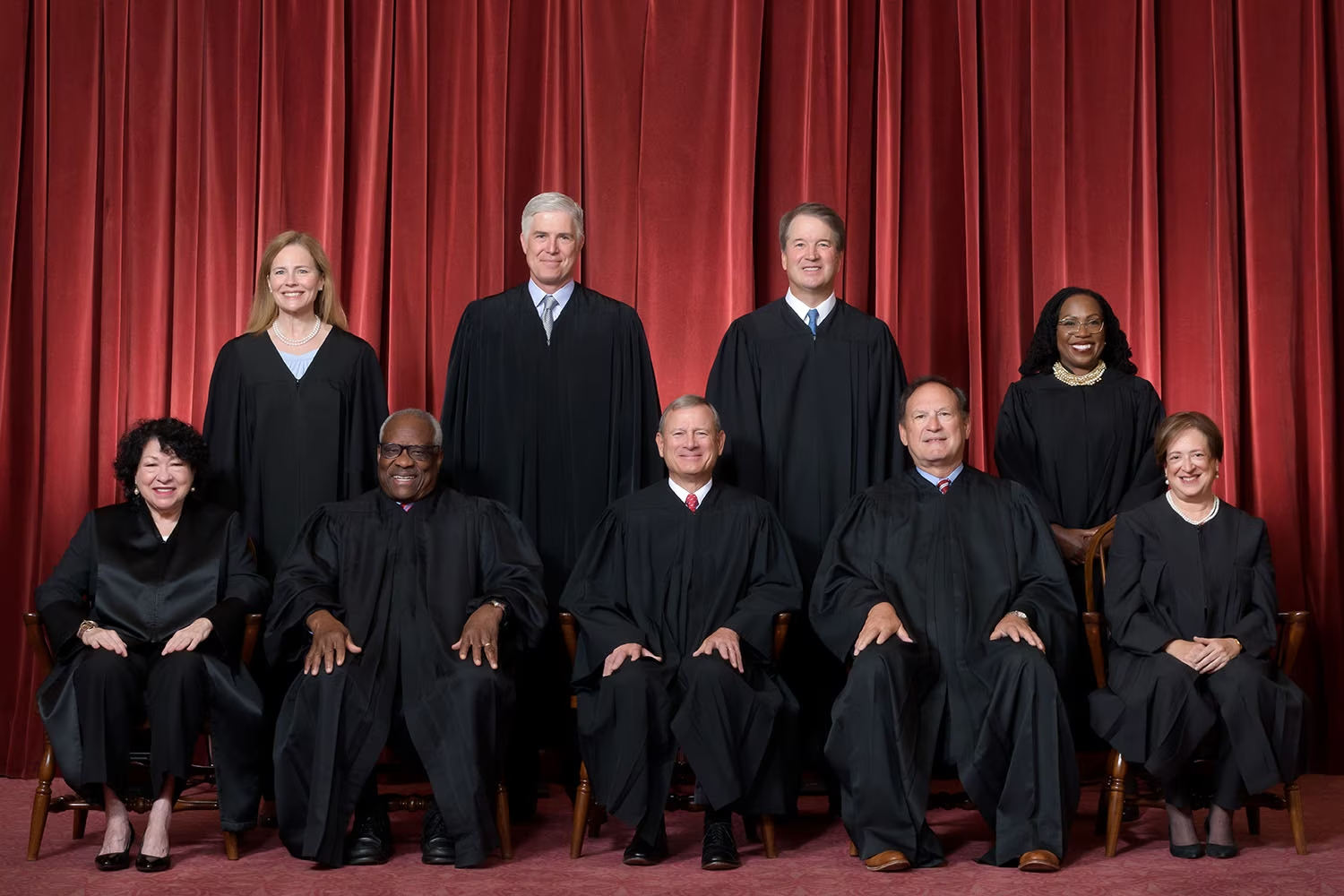A recent Supreme Court decision that substantially narrowed the Environmental Protection Agency’s authority to regulate millions of acres of wetlands is expected to open more land for development.
More than half of the nation’s wetlands could lose protection under the Clean Water Act, according to environmentalists and legal analysts. This concerns water quality advocates who fear the ruling will lead to degraded water supplies.
From a developer’s perspective, projects will have fewer regulatory hurdles to overcome, making them faster to move from conception to construction. This could make new housing developments more financially viable during a time of acute housing shortages in many areas of the U.S., they point out.
The case, Sackett v. Environmental Protection Agency, involved an Idaho couple who tried to build a house on property they’d purchased. The couple filled a soggy part of the property with sand and gravel to prepare for construction. The EPA ordered them to halt construction and return the property to its original state. The couple then sued the agency.
Related Stories
Codes and Standards | Dec 8, 2016
WELL and BREEAM to align standards
The goal is to make it easier for projects pursuing both standards.
Codes and Standards | Dec 7, 2016
U.S. lumber industry pushes for import duties on Canadian softwood
The industry claims the product is being sold below fair market value.
Codes and Standards | Dec 5, 2016
International Construction Measurement Standards draft released
The goal is to improve consistency for calculating costs and reducing risk.
Codes and Standards | Dec 2, 2016
D.C. Council passes bill to reduce number of blighted properties
The new legislation reduces the amount of time a vacant property can qualify for a lower tax rate.
Codes and Standards | Dec 1, 2016
Passive House standard gaining influence in commercial sector
Some industry watchers predict it will become the base building code.
Codes and Standards | Nov 30, 2016
Researchers finding solutions to bird/building collisions
Glass facades pose a serious risk to birds and cause millions of avian deaths each year.
Codes and Standards | Nov 29, 2016
New OSHA rules to reduce fall and trip hazards
Employers can choose from a variety of fall protection systems.
Codes and Standards | Nov 29, 2016
Seattle imposes new construction regulation to address rat problem
The city ranks first in U.S. in rat population.
Codes and Standards | Nov 28, 2016
Construction groups sue New York City over crane safety regulation
The rule bans cranes from operating when wind exceeds 30 mph.
Codes and Standards | Nov 28, 2016
Marines plan first net zero energy military base
The Albany, Ga., site will have ground source heat pumps and a biomass generator.

















